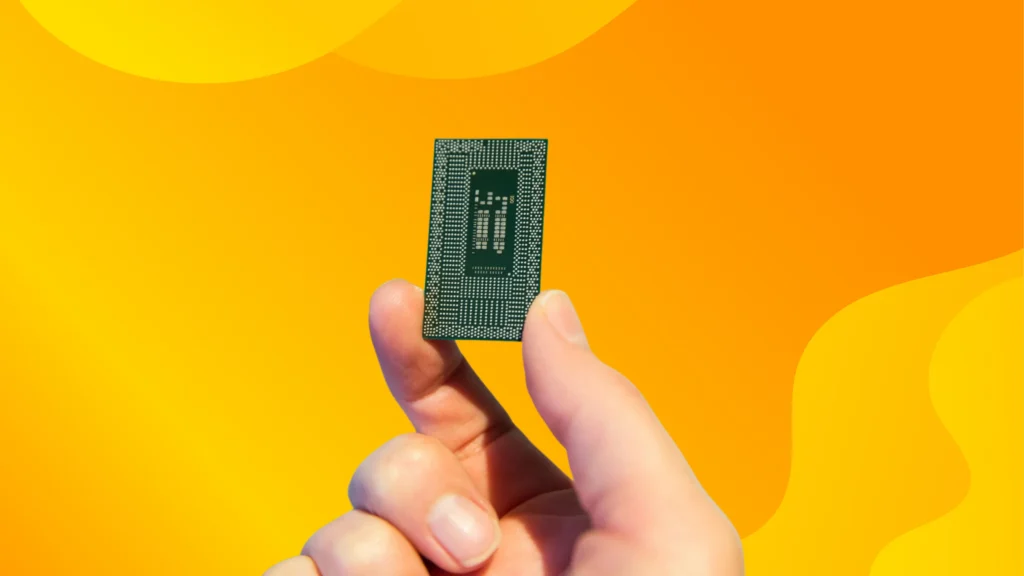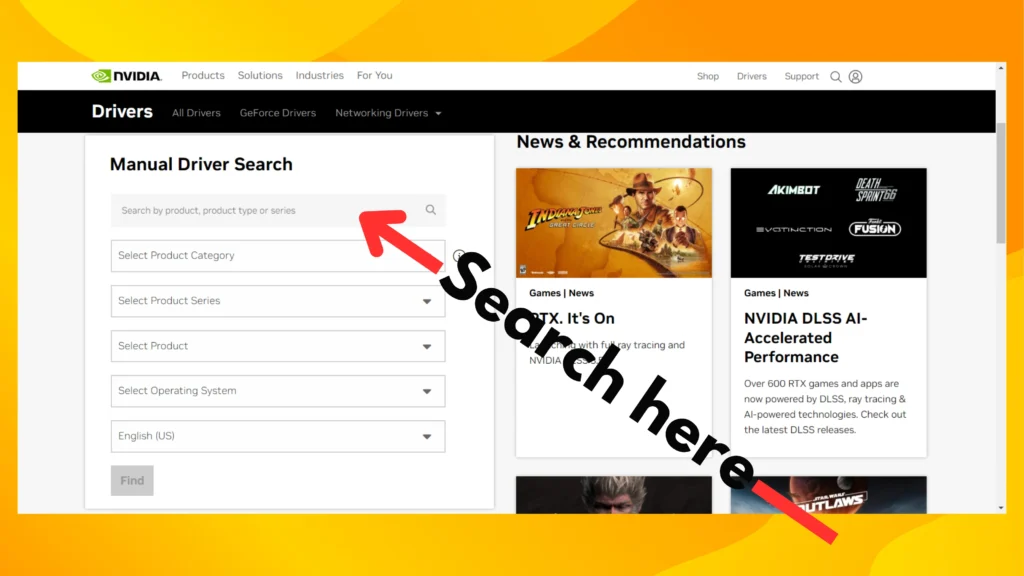Hello, to all the tech fans! I’m thrilled to talk about my experience, with updating graphics drivers on a computer today.
I know the struggle of dealing with outdated drivers firsthand. Delving into this subject really helped me simplify things for you.

Table of Contents
Why Update Your Graphics Driver?
Let’s start by discussing the importance of keeping your graphics driver up, to date before diving into the step-by-step process of updating it on your system.
I recall a time when I noticed lags in my games and some irregularities in my videos appearance – it turned out that the outdated driver was causing the issues!

Updating your graphics driver does not enhance performance but addresses bugs and may even unveil exciting new features – it’s akin, to treating your GPU to a little makeover!
Identifying Your Graphics Card
First things first, we need to know what graphics card you’re rocking. Here’s how I figured mine out:

- Right-click on the Windows Start button
- Click on “Device Manager”
- Expand the “Display adapters” section
Now, you’ll see your graphics card listed there.
You May Also Like to Read: How to Install the CP2102 Driver for Your Device
How to Update Graphics Driver: The Easy Way
Now, let’s get to the good stuff – how to update graphics driver without breaking a sweat. I’ve broken it down into simple steps for NVIDIA, AMD, and Intel users.
For NVIDIA Users:

- Open your web browser and go to NVIDIA’s driver download page
- Select your product details (I chose GeForce > RTX 30 Series > RTX 3070)
- Click “Search”
- Download the latest driver
- Run the installer and follow the on-screen instructions
For AMD Users:
- Visit AMD’s driver download page
- Select your product (like Radeon RX Series)
- Click “Submit”
- Download the recommended driver
- Run the installer and follow the prompts
For Intel Users:
- Go to Intel’s driver support page
- Click on “Download Now” under Intel Driver & Support Assistant
- Install and run the tool
- It will automatically detect and update your driver
Manual Update: For the Brave Souls
If you’re feeling adventurous like I was last week, you can try updating manually through Device Manager. Here’s how:
- Open Device Manager
- Right-click on your graphics card
- Select “Update driver”
- Choose “Search automatically for updated driver software”
Windows will search and install any available updates. It’s not always as up-to-date as the manufacturer’s website, but it’s a quick option in a pinch.
Troubleshooting Tips
Sometimes, things don’t go as smoothly as we’d like. If you run into issues while trying to update your graphics driver, don’t panic! Here are some tips that saved me:
- Restart your PC before and after the update
- Uninstall the old driver completely before installing the new one
- Use DDU (Display Driver Uninstaller) for a clean slate
- Check for Windows updates – sometimes they can interfere with driver updates
The Impact: My Personal Experience
Once I figured out the way to update my graphics driver correctly everything changed drastically for the better. My gaming experience improved significantly with gameplay video editing tasks became much easier.
I also observed an overall boost, in system performance. It felt like I had just upgraded my PC for free !
A friend of mine on Reddit shared a similar experience, saying, “Updating my graphics driver felt like I bought a new GPU. Can’t believe I waited so long to do it!”
FAQs
I typically check for updates every 2-3 months. However, if you’re a heavy gamer or use graphics-intensive applications, you might want to check monthly. Some users even set up automatic notifications for new driver releases.
In my opinion based on what I’ve seen before it’s not common. It is possible to occur unexpectedly which is why I suggest making a system restore point prior, to any updates just as a precautionary measure so that if there are any issues you can revert back, to the previous state without any difficulty.
Don’t worry! This happened to me once. Try updating Windows first. If that doesn’t work, your graphics driver might be severely outdated or corrupted. In this case, you may need to download a basic display driver from your manufacturer’s website to get started.
I personally prefer the manufacturer’s tool for convenience. However, manual installation gives you more control over the process. If you’re comfortable with tech, try both and see which you prefer!
Conclusion
Updating your graphics driver may appear overwhelming initially; however I assure you that it is beneficial, in the run.
Whether you enjoy gaming or creating content or simply desire performance for your PCs graphics capabilities. Ensuring your graphics driver is always up to date is essential, for an experience.
Just keep in mind that the steps could change a bit based on your hardware and which version of Windows you have installed on your computer; however the overall process stays consistent, throughout these variations Don’t hesitate to dive in and discover more about your system. It’s one of the aspects of being a PC enthusiast!
Go ahead and show your GPU some care by updating its driver your computer will appreciate it. You’ll be glad you did it sooner than later. Have a great time updating!
